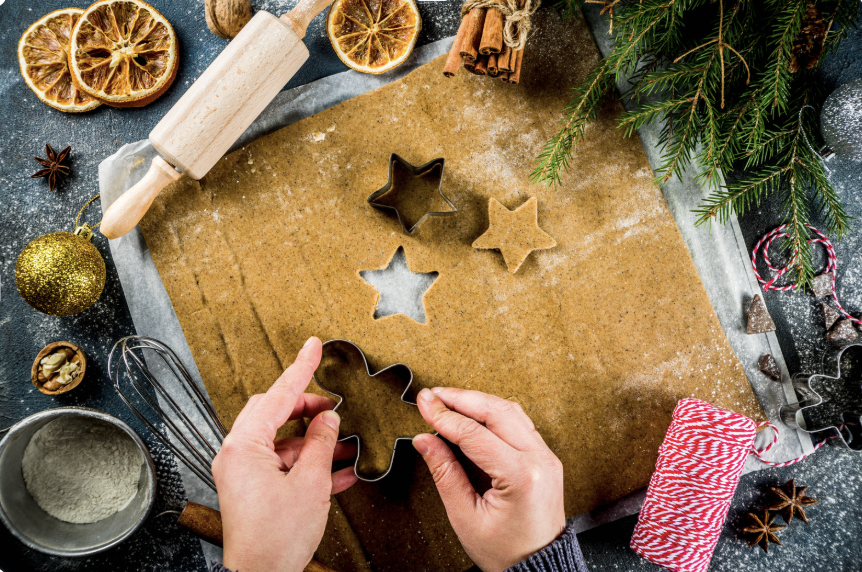Believe it or not, we are already at Christmas!
This is supposed to be a lovely time of the year to enjoy, celebrate and have a nice time with our loved ones… the truth is that not everybody lives this period of the year the same way…
For some, the festive season can be overwhelming and full of anxiety… This time may lead to sensory overwhelm for some of us.
WHY? Let’s think sensory…

- Visual overload (bright and flashing lights)
- More people in my space (unusual body smells, unwanted or unexpected hugs)
- Spatial disorganization (more stuff and things in my space, Xmas tree, Xmas stockings, advent calendars)
- Smell, texture and taste overload (new and unusual food)
- Louder and unwanted sounds (music, Christmas carols, people talking, Santa)
Together with the sensory overwhelm, this also leads to…
- Changes in routine (less sleep)
- Unpredictable changes in the environment (travel, different bed, Granny’s house)
- Inability to make independent choices due to social pressure or expectations
- Feeling the pressure to comply with the social norms
- Excitement or anxiety about the anticipated festive events (more fear than cheer)
- Cold and wet weather can lead to being ‘cooped up inside for prolonged periods indoors’
What can we do?
To ensure all people around us and ourselves live Christmas in the healthiest way…
Don’t wait until it’s too late – Be proactive to ensure your child and/or yourself remain regulated.

- Create a calm and quiet space: dim the Xmas tree lights, turn down the music, and replace it with a calming playlist (Here’s our one)
- Prepare warm drinks
- Use calming touch: deep pressure, rocking or a massage, wrapping in a blanket
- “Sensory Ladders” is a tool for parents, caregivers and therapists to ensure that everyone remains calm and regulated (Find more informtion about “Sensory Ladders” at the end of this post)


- The right kind of moving can help to create calm:
Ideas to try outdoors: Angels in the snow, Shovelling, Pushing and pulling (tug of war)
Ideas to try indoors: Ball Ninja, Ball crawl, Ball drumming with pool noodles, Pulling each other around on a blanket, wall push-ups, balloon tossing, and ball crawling. Hang up a lycra swing from a safe suspension point- a lovely way to combine a “hideout’ space with some balance and muscle work. Balance exercises – activities that require balance activate the cerebellum which also helps us to regulate.
- Other ideas...

Use the leftover Christmas Wrapping to tear, make balls, hit a target (like a homemade skittle or a row of elves)
Making and baking Christmas biscuits provides the right kind of sensory input – rolling, cutting, smelling and tasting; and produces a rewarding outcome that builds confidence.
When visiting friends and family: Inform the family/friends beforehand of your child’s sensory preferences and possible outcomes, like rejecting unwanted hugs; as it helps to manage expectations.
For other people:
To help other people who crave sensory stimuli up-regulated and engaged in Christmas, you can create exciting, sensory-rich activities that spark their curiosity and energy. Start with decorating cookies, mixing dough, rolling it out, and adding colourful sprinkles, which stimulates tactile and visual senses and heavy muscle work. Encourage them to hang ornaments or wrap gifts, incorporating fine motor skills and creativity. Play lively Christmas songs they can dance or sing along to, adding movement and rhythm (Here’s our playlist). Create a festive scavenger hunt with clues hidden around the house to keep them regulated and focused. Let them craft paper snowflakes, build gingerbread houses, or string popcorn garlands.
Learn more about “Sensory Ladders” here:
